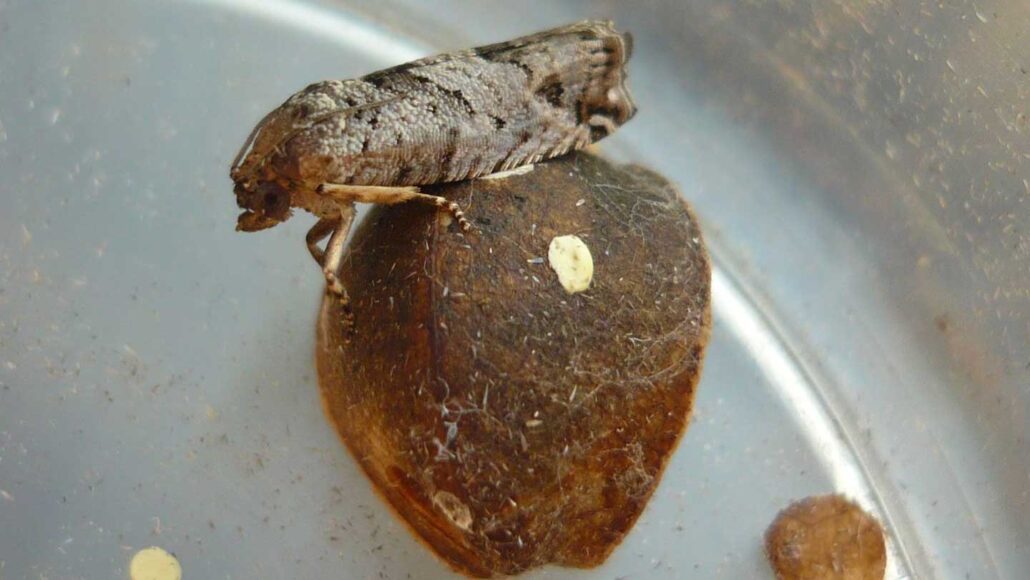Random hops always bring jumping beans to shade — eventually
This random strategy isn’t fast, but it’s guaranteed to get jumping beans out of the sun

A jumping bean isn’t actually a bean. It’s a seed pod that holds a young moth. Here, a moth rests on the seed pod that was once its home.
AuldAlliance/English Wikipedia







